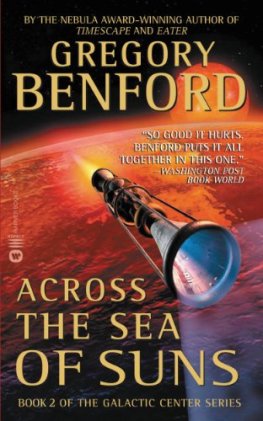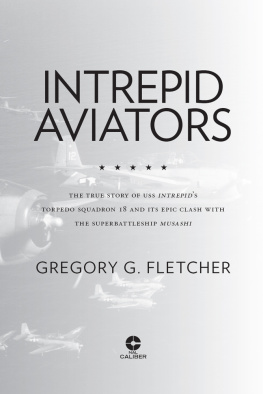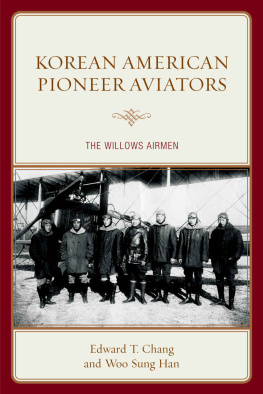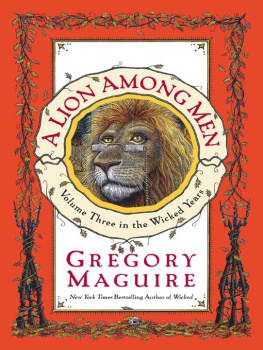Published by The History Press
Charleston, SC
www.historypress.com
Copyright 2018 by Jim Gregory
All rights reserved
First published 2018
e-book edition 2018
ISBN 978.1.43966.428.5
Library of Congress Control Number: 2017963920
print edition ISBN 978.1.46713.952.6
Notice: The information in this book is true and complete to the best of our knowledge. It is offered without guarantee on the part of the author or The History Press. The author and The History Press disclaim all liability in connection with the use of this book.
All rights reserved. No part of this book may be reproduced or transmitted in any form whatsoever without prior written permission from the publisher except in the case of brief quotations embodied in critical articles and reviews.
ACKNOWLEDGEMENTS
I wrote this book for several reasons. I ran outside of my high school classroom oncein the middle of my European history lectureand hopped up and down because a restored B-17 was flying over Arroyo Grande. I had recognized its engines from two miles away. I used to take my sons, when they were little, to the P-51 Mustang fly-in sponsored by the Santa Maria Museum of Flight, and I was the littlest boy of the three of us. I fell in love with the sound of the Mustangs powerful engine. It is glorious.
Most of all I wrote this book for the same reason I write all my books: I want people from a relatively rural part of California to understand what role their little towns, and sometimes their own neighbors, played in the great events of American history.
And of course, I wrote to record the memories of my fathers and mothers generation, those people of immense personal strength who struggled through the Great Depression and then fought such palpable evil to win the costliest war in history.
Part of the strength of the Greatest Generation lay in their belief in what we once called the greater good. Its ludicrous to think that they went to war willingly. They didnt. But they realizedand this is a theme I find over and over in my researchthat it was time to interrupt their own lives, and they went to war despite their very human wants and their deepest fears. I often think that this sense of duty, of mutual responsibilitythis selflessnessis something that we Americans would do well to revive.
A P-51D formation. These planes carry the drop tanks that gave them the range to escort bombers deep into Germany, a turning point in the air war. Museum of the United States Air Force.
My research, including days when it took four hours to track down a B-24s serial number, started with the dead. Since the books focus is primarily, if not exclusively, my home in San Luis Obispo County, I identified as many county aviation veterans (they were overwhelmingly U.S. Army Air Forces fliers, and of that group, the vast majority served in the European theater) as I could, based on the record of dead faithfully kept by the staff of the Atascadero War Memorial. I then spent many hours poring through old newspapers and visiting genealogy and cemetery websites and veterans organizations to find out as much as I could about these young menand women, because the book includes three Womens Air Service Pilots (WASPs). The real finda kind of historical gold minewas the collection of veterans interviews patiently and skillfully conducted by Joanne Cargill and Joy Becker of the Central Coast Veterans Museum. It was those interviews that make up the backbone of this book. While it would be impossible for me to profile every local airman who served in World War II, it was these interviews that gave the book its focus. They are a treasure.
So is the Central Coast Veterans Museum, in the basement of the Veterans Memorial Building on Grand Avenue in San Luis Obispo, with its stunning array of artifacts, uniforms and photographs from World War I through Desert Storm. The veterans who serve as docents are welcoming and informative. Curator Harry Hoover and archivist/secretary Sandra MacGregor were indispensable in helping this book to come together. So was the curator of the Santa Maria Museum of Flightalso worth a visitMike Geddry Sr., a man I could talk history with all day. As usual, I need to thank Laura Sorvetti of Cal Polys Special Collections and Archives and Eva Ulz and the research staff of the San Luis Obispo History Center. Many thanks also go to some new friends I met along the way: Jody Kelly, historian for the Ninety-First Bomb Group; Lucy Maxwell of the American Air Museum in Britain; the research staff of the Imperial War Museum, London; collector Chris Brassfield; the wonderful people at Boeker Street Trading Company, who preserve photography from San Luis Obispo Countys past; and the staff of the San Luis Obispo Tribune, including a skilled historian, David Middlecamp, and a talented reporter, Carol Roberts. Thanks, as always, to my editors at The History Press, Laurie Krill and Abigail Fleming, for their encouragement and their suggestions.
A B-17F, hopefully on its last mission, buzzes its home base in England. Roger Freeman Collection FRE 3543 (Imperial War Museums).
The best part of the research, of course, was meeting veterans and their families. My best wishes go to John Sim Stuart and family, the delightful Albert Lee Findley Jr., Henry J. Hall, the late Robert Potter Dwight, the descendants of Major Harold Schuchardt, Sylvia Barter, the Spierling family, Sybil Westerman, the late Richard Vane Joness sister, Skip Eckermann, San Luis Obispo County Supervisor Bruce Gibson, the daughters of Robert Abbey Dickson and Sheila Reiff, the daughter of William Pope, and to all the veterans whose descendants I was able to contact for permission to use their interviews and who contributed additional material. It was an honor to work with you.
Also, I need to thank my wife, Elizabeth, for her patience while this book was being researched and writtenin my usual manner, obsessively. Now, I think, its time to bring my own imaginary Flying Fortress home.
Prologue
MISSION TO LORIENT
For a twenty-four-year-old B-17 copilot, death was close enough to represent a kind of eleventh man on his aircrew. For every American airman wounded in World War II, three were killed. The ratio was the inverse for foot soldiers, warriors whom the fliers both admired and pitied for what they had to endure in their agony, in lives of boredom, discomfort and terror, lives lived and lost in mud. Fliers, on the other hand, had farther to fall than a dogface in the hedgerows of Normandy or a marine on Red Beach at Iwo Jima. If they were like Morro Bays Clair Abbott Tyler, a copilot in a heavy bombardment group based in England, they had five miles to fall.
On March 6, 1943, his B-17, piloted by First Lieutenant Martin E. Plocher, was flying in the third position, near the van of Tyler and Plochers 360th Squadron, a component of the 303rd Bomb Group, based at RAF Molesworth in Cambridgeshire, a place where The New York Pizzeria today completes the Americanization of this little part of East Anglia, a process that had begun with the arrival of aircrews like Tylers in September 1942.














